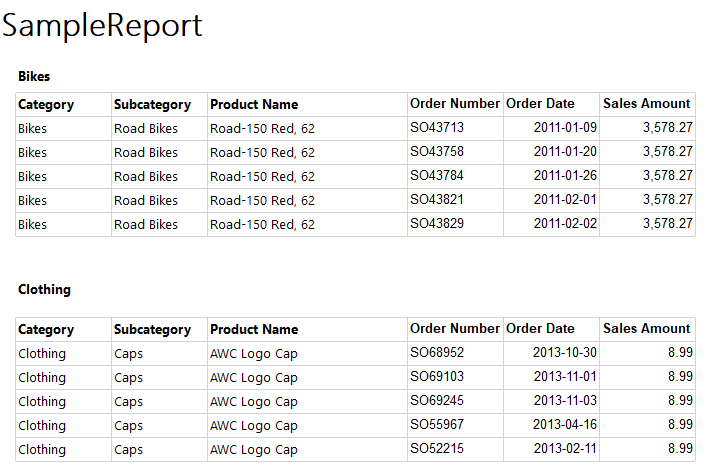5 Key Things E-Tag Means on Car Sales Docs

When purchasing a car, whether new or used, you're bound to come across numerous acronyms and terms that can often be confusing. One such term is the E-TAG. While you might have an idea that it relates to vehicle documentation, understanding what it truly means can significantly impact your car-buying process. In this detailed guide, we'll delve into the significance of E-TAG on car sales documents, offering insights and guidance to make your car purchase more informed and less daunting.
Understanding E-TAG in Vehicle Documentation


The term E-TAG stands for Electronic Transfer of Vehicle Title. This is a system designed to simplify and secure the title transfer process during the sale of a vehicle. Here’s what you need to know about E-TAG:
- Paperless Transaction: E-TAG eliminates the need for physical title documents, reducing paperwork and potential issues with lost or tampered titles.
- Security: It ensures the title transfer is secure, as the process is electronically recorded, making it harder for fraud to occur.
- Speed: Transfer of vehicle titles can be done quickly, often in real-time or within a short period, facilitating a smoother transaction.
- Efficiency: With E-TAG, there’s less chance for clerical errors, which can be common with manual handling.
1. Legal Framework for E-TAG

E-TAG is part of the evolving digital transformation within vehicle registries across various jurisdictions. Here’s how it’s regulated:
- Legislation: Many states in the U.S. have passed laws to allow electronic titling. Each state has its own rules regarding how E-TAG must be implemented and what qualifies for this process.
- Compliance: Dealerships and private sellers must comply with state-specific requirements to use E-TAG, ensuring all parties are legally protected.
- Documentation: While E-TAG means less paperwork, sellers must still provide certain documents to complete the transfer.
⚠️ Note: While E-TAG streamlines the process, understanding local laws is crucial before relying solely on this system for title transfer.
2. Benefits of Using E-TAG


Here are some advantages that both buyers and sellers can enjoy when using E-TAG:
- Faster Transactions: The time from negotiation to receiving the car title can be significantly reduced, sometimes happening instantly.
- Cost Savings: Reduction in the need for physical mailing or in-person visits to the DMV can save money.
- Easier Record Keeping: Electronic records are easier to store, access, and manage over time.
- Environmental Impact: Less paper usage contributes to environmental conservation efforts.
3. Common Misconceptions About E-TAG

Despite its clear benefits, there are several myths about E-TAG:
- Myth: E-TAG replaces all paperwork.
Reality: While it minimizes paperwork, certain documents like proof of insurance and emissions tests might still be required. - Myth: It’s only for new cars.
Reality: E-TAG can be used for both new and used cars, depending on the state’s regulations.
🔍 Note: Not all states or vehicles qualify for E-TAG, so always check local laws.
4. How to Verify E-TAG Legitimacy

Ensuring the E-TAG process is legitimate can save you from future legal troubles. Here’s what to check:
- State Database: Verify the transaction in the state’s electronic title database or via the DMV’s website.
- Seller Documentation: A legitimate seller should provide proof of electronic title transfer.
- Third-party Verification: Some services can help verify the electronic title for an additional fee.
5. Potential Challenges with E-TAG


While E-TAG has many advantages, there are also potential hurdles:
- System Downtime: If government servers or databases are down, E-TAG transfers can be delayed.
- Jurisdictional Limits: Not all states or countries support E-TAG, which can complicate interstate or international transactions.
- Learning Curve: Sellers and buyers accustomed to paper titles might need time to adapt to the electronic process.
- Security Concerns: While generally secure, the possibility of cyber threats always exists in electronic systems.
Final Thoughts

In the world of car sales, E-TAG is a revolutionary tool that makes title transfers more efficient, secure, and environmentally friendly. Understanding the five key aspects of E-TAG helps both buyers and sellers navigate the process with confidence. From knowing the legal framework to recognizing the benefits, dealing with common misconceptions, verifying the legitimacy of the process, and anticipating potential challenges, you’re now better equipped to handle this part of your vehicle purchase. Remember, even with the convenience of electronic titles, due diligence is still necessary to ensure a smooth and lawful transaction.
Can E-TAG be used for out-of-state car purchases?

+
The ability to use E-TAG for out-of-state purchases depends on the regulations of both states involved. Always check with the respective DMVs for specific guidance.
What if I lose my E-TAG proof?

+
Since the title transfer is recorded electronically, you can often get a duplicate record from the state database or through your DMV account if available.
Is E-TAG available in all countries?

+
No, E-TAG is primarily used in the United States. Other countries might have similar systems or require traditional paper titles.



